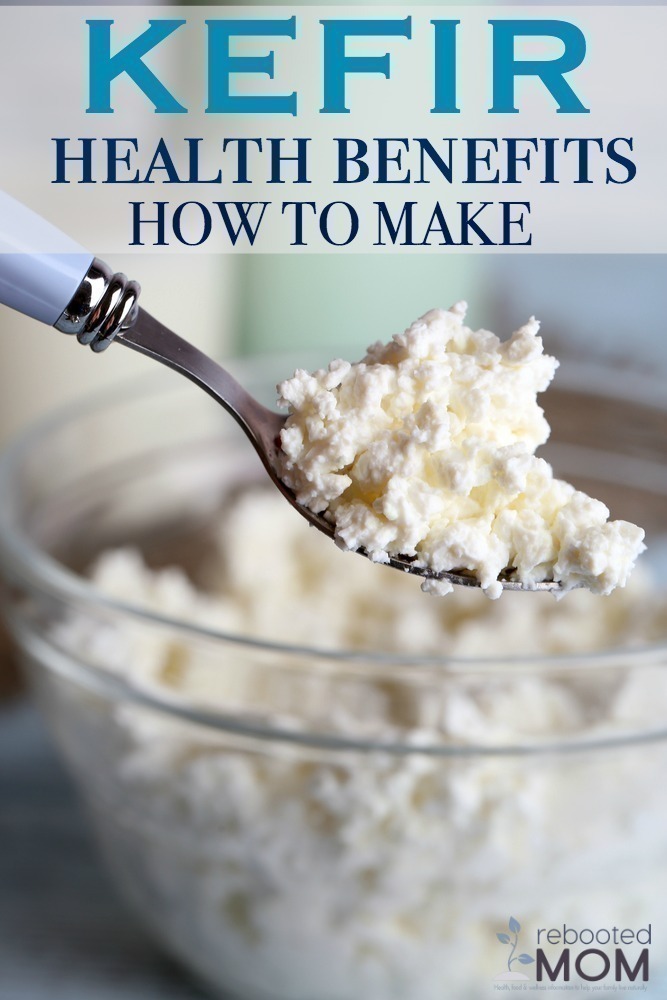
Kefir is one of the best and most nutritional foods you can consume – whether or you are pregnant, or you are dealing with gut issues (leaky gut primarily).
It’s something we all consume daily and it works wonders to boost your immune system, when used as a natural part of your health regimen.
What is Kefir
Kefir is one of the most probiotic rich foods – it’s a fermented milk product made from cow, goat or sheep milk that is similar to a drinkable yogurt.
It has high levels of probiotics, vitamin B12, magnesium, calcium, enzymes, and vitamin k2 – it’s content varies based on the cows, and cultures where it is produced.
Not only does it help kill candida (yeast), it fights allergies, heals leaky gut, boost immunity, and improves lactose digestion – when consumed daily as part of your regular health regimen.
How does Kefir Work?
80% of your immune system is located in your digestive system (Source)… it’s important to keep the good bacteria well populated, so you can keep yourself as well as possible.
When you use antibiotics, you tend to wipe out the good AND bad bacteria in your gut – – likewise the same when you use antibacterial hand soap or antibacterial cleaning products.
When using those products, you disrupt the balance of your good gut bacteria – in turn, you are more likely to have digestive problems and chronic disease. When your gut is out of whack you will notice – you’ll experience colds, and flu .. seasonal allergies, and inflammation. Food sensitivities are also a sign that your gut is out of balance – with issues like eczema, and food allergies. (Source)
A diet high in processed food (sugar) will also lead to a gut imbalance too – which is why it’s important to keep your children from eating a diet high in processed sugar.
Without that healthy gut bacteria, your body can’t properly absorb the nutrients in your food and you, in turn, can’t function at 100%. That’s why it’s important that you don’t use antibacterial soaps, avoid using antibacterial cleaning products, and eat immune boosting foods like Kefir that will help keep your gut bacteria in proper balance.
How can Kefir Support a Healthy Nutrition Regimen
Not only is kefir a fermented food, Kefir is rich in lactic acid bacteria – it helps kill aflatoxins (which are food borne toxins created by mold – and can be found in everything from canola oil, soybean oil, peanut butter, soy, wheat and more). (Source)
Kefir is a wonderful way to improve allergies and asthma (research HERE, as well as help those with lactose intolerance. Since Kefir is fermented (which changes the chemical makeup) it’s very low in lactose. (Source)
How do you Make Kefir?
Making Kefir at home is far better than purchasing kefir at the grocery store – which is (in most cases) pasteurized kefir. Kefir purchased at the store only has a few strains of good bacteria, and is loaded with sugar to cover up the taste.
That sugar is what causes yeast overgrowth in your body.
It’s also made with a starter, instead of natural kefir grains and is sorely lacking in enzymes, as well as vitamins B6 and B12 (which are killed with pasteurization, just like the pasteurized milk at the grocery store).
Making Kefir can be done with Milk Kefir Grains or a Starter Culture. Starter Culture is a single use culture but grains are reusable.
If you are making kefir at home, it’s best done with raw milk and not pasteurized milk (as in milk from the grocery store). To find raw milk in your area head HERE.
Kefir grains are harder to find – we picked up ours from our raw milk farm a long time ago and have since used them over, and over, and over again (and give out lots to friends, too). You can pick up grains at Cultured Health if you are buying online.
What you Need
- 1 C. Milk (preferably Raw)
- 1 tsp Active Kefir Grains
- Pint Size Glass jar
- Mesh Strainer (not metal)
To Make:
- Combine the milk and the kefir grains in a jar – the milk should be cold OR at room temperature.
- Cover the jar with cheesecloth, a napkin, a paper towel or loosely with a lid (loosely – not tight)
- Ferment for 12-24 hours – let it sit on the countertop at room temperature.
- Once it’s done fermenting, grab a second jar, and your strainer and strain the kefir – put the kefir back in the same jar or a fresh jar, and add more milk for your next batch (another 12 – 24 hours).
- Take the existing kefir and refrigerate tightly for up to 1 week. When ready to use, combine 1/2 C. kefir with 1/2 C. raw milk, and add fresh fruit and some raw honey or stevia to sweeten – blend into a smoothie.
- If your kefir separates on the counter, it’s still fine – just shake the jar a little to re-blend, and check your kefir more often (every 12 hours perhaps instead of 24).
If you are looking to take a break from your kefir, refrigerate your grains in a glass container covered in milk for up to 30 days. Always avoid using metals with your kefir – including metal strainers, metal spoons, and metal containers – you want to use mesh (nylon), plastic or glass.
Just remember though that the more you make kefir, the faster your grains will grow – so you will want to offer kefir to friends and family to gift so they, too, can enjoy the benefits of drinking kefir daily (make sure you pass along instructions!)
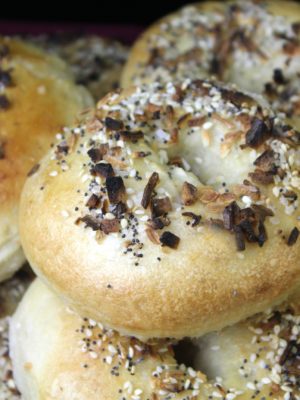

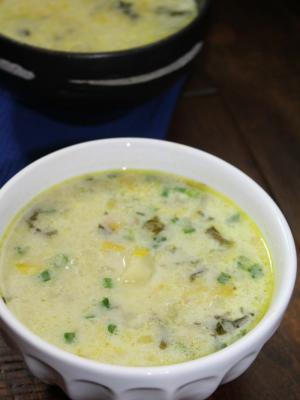
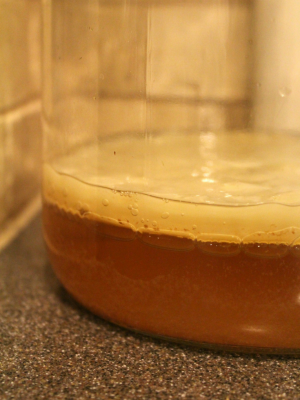
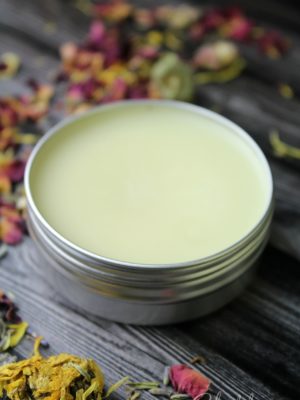
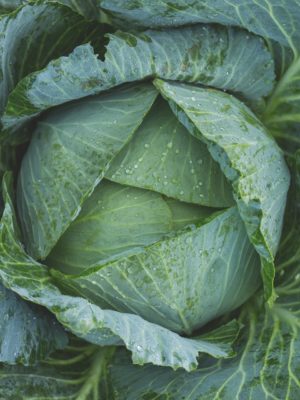

[…] how to incorporate fermented drinks like raw milk kefir or kombucha into your diet – raw milk kefir is relatively easy to make and can be used […]